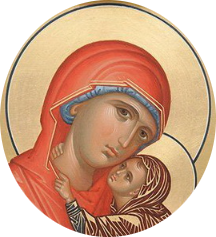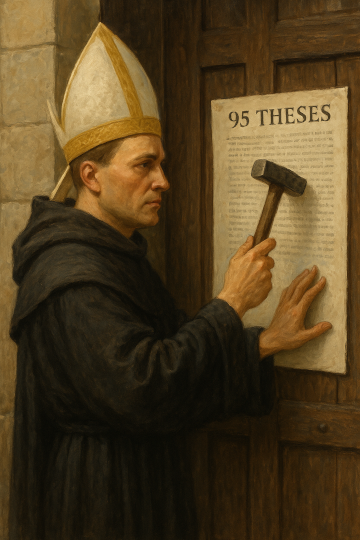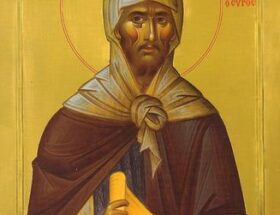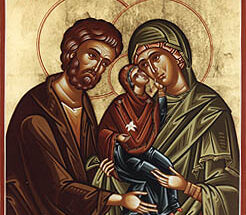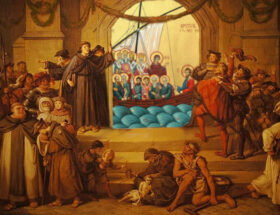Papal Reformation Day! A day 13 days before the actual date on the Christian Calendar of the events at Wittenberg. In honor of the event, I submit the writings of Michael Mästlin (Mentor of Kepler) 1583 – Außführlicher und gründtlicher Bericht …

“Detailed and thorough report of the general, and now for nearly sixteen hundred years, from the first Emperor Julius to the present day, annual reckoning or calendar used throughout the entire Holy Roman Empire: in what form it initially was, and what errors have crept into it over time. Also, whether and how it could be improved again without significant disruption. Together with an explanation of the new reformation which the current Pope in Rome, Gregory XIII, has instituted in the same calendar and introduced in many places, and what should be made of it.”
Number of Christian Fathers who confirm the church calendar needs to be astronomically accurate = 0
(Let me know if someone finds one.)
“…that the Pope’s alteration and correction is wrong (erroneous) in political affairs (politischen Handümgm), scandalous (offensive) in Church ceremonies or spiritual matters (Geistlichen fachen), and false and useless in Mathematical reckoning (Ma Lhematrschcr rechnung)…
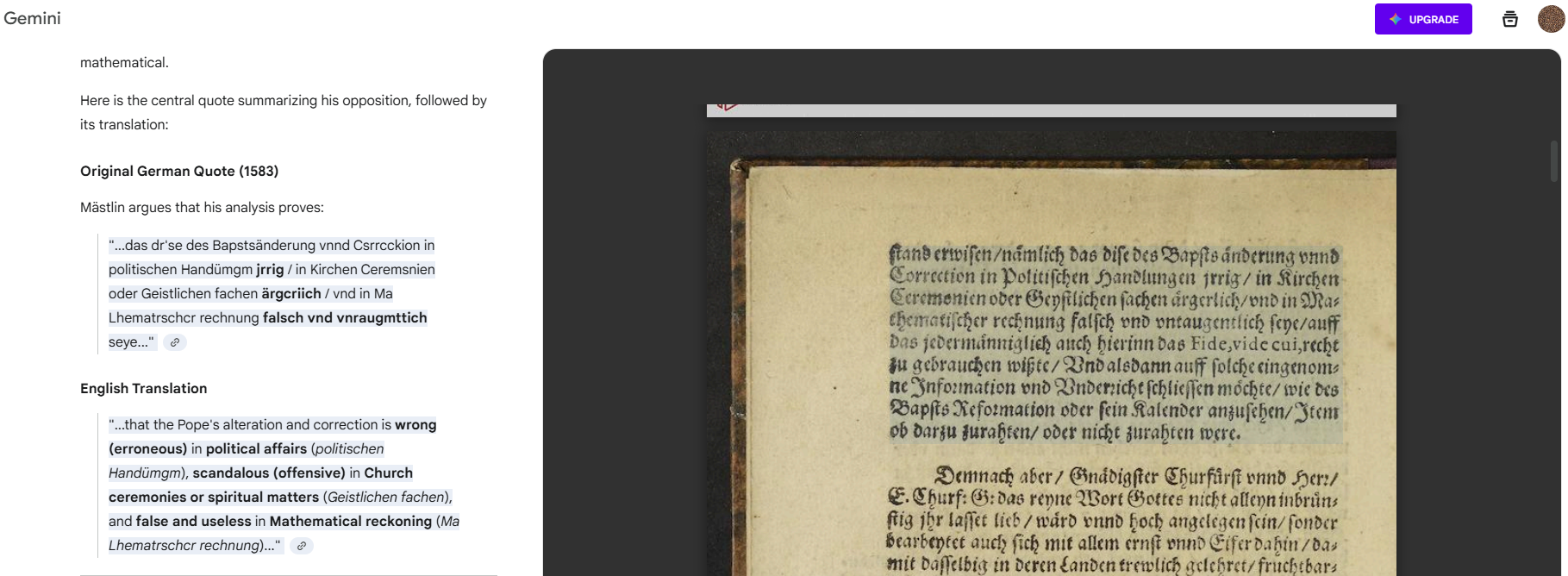
“Now, however, notwithstanding the bright light of the glorious light of God’s Word, the present Pope will still not relent in fully declaring himself as the true Antichrist (rechten Widerchristen)”.
“…but instead comes now with a newly reformed (as he presents it) Calendar, with the intent to impose it upon all of Christendom and commands all, high and low, to adopt it under threat of the Ban (Excommunication) (straff des Banns)…”

“This is why all (the people) were led by their leaders to believe that everything presented in the name and under the title of the Most Holy Father the Pope… was pure holiness, yes, even more than God’s Word and the Holy Scripture itself”.

Mästlin details the mathematical flaws of the Gregorian correction:
The Lunar Cycle Error: Mästlin calculated that the new tables created by the Papal commission (Aloysius Lilius and Christoph Clavius) for determining the date of Easter were still based on approximations and were already proven to be incorrect after just a few centuries.
Anticipation of the Equinox: He likely discusses how the vernal equinox was still not being calculated correctly and would continue to drift, predicting the new calendar would need to be re-reformed within a few hundred years. (Later Milutinian Calendar)
The 10-Day Jump: He focuses on the political unreasonableness of the 10-day jump, arguing that the social and legal disruption caused by the change was not worth the small astronomical benefit, which he claimed was still flawed.
When Pope Gregory XIII introduced his reform in 1582, the Orthodox Church, communicated by Ecumenical Patriarch Jeremias II of Constantinople, formally rejected it in 1583 and again in subsequent Synods.
Jeremias II’s Argument: The Patriarch condemned the new calendar as a “world-wide scandal” because it violated the canonical rules, particularly by allowing Pascha to occasionally be celebrated before or with the Jewish Passover.
Theological Priority: For the Orthodox, the primary goal was canonical harmony and avoiding Judaism’s reckoning, not scientific precision. Patriarch Jeremias II’s condemnation specifically declared that the new calendar “flouted the Tradition and canons of the Orthodox Church.”
The 20th-Century
The argument for astronomical accuracy only gained traction within Orthodoxy in the early 20th century, specifically with the work of astronomer Milutin Milanković (1879–1958).
In 1923, the false Orthodox Congress in Constantinople (convened by Patriarch Meletius IV(Freemason)), adopted the Milanković-proposed Milutinian Calendar for fixed feasts (like Christmas).
This was a move explicitly made to align the civil/fixed calendar with astronomical reality. However, even this reform retained the Old Julian Paschalion for the date of Easter, proving that the canonical tradition still trumped pure astronomical data for the most important movable feast.
Therefore, the only known figures to successfully argue for calendar change based on science were orthodox lay scholars and modernist hierarchs in the 1920s. These figures often, along with government officials, used civil and sacerdotal force against the Orthodox Christians who sought to maintain the Orthodox Faith and reject the reformation of the pseudo-orthodox.
